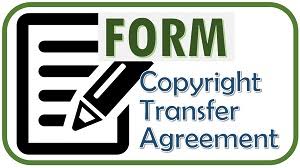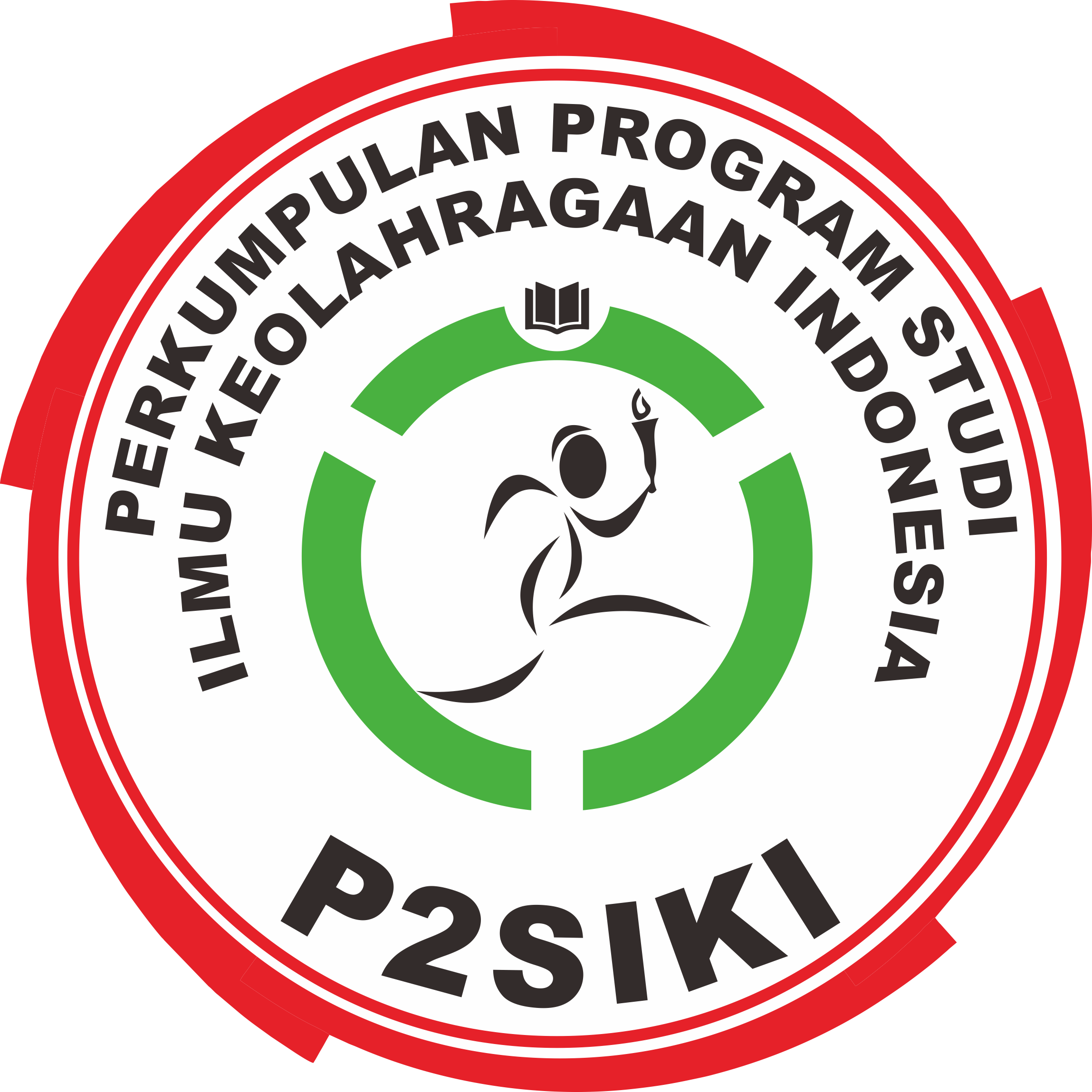Asupan Cairan dan Vitamin C dengan Tingkat Kecemasan pada Atlet Sepak Bola di Yogyakarta
(1) Program Studi Ilmu Gizi, Fakultas Ilmu Kesehatan, Universitas Respati Yogyakarta
(2) Program Studi Ilmu Gizi, Fakultas Ilmu Kesehatan, Universitas Respati Yogyakarta
(3) Fakultas Ilmu Kesehatan, Universitas ‘Aisyiyah Yogyakarta
(4) Fakultas Ilmu Keolahragaan, Universitas Negeri Yogyakarta
(5) Bagian Biokimia, Fakultas Kedokteran, Universitas Gadjah Mada
Abstract
Tujuan penelitian ini untuk melihat hubungan asupan cairan dan vitamin C dengan kondisi kecemasan atlet sepak bola. Penelitian ini merupakan penelitian observasional, desain cross-sectional, dilakukan bulan Mei-Juni 2014 di Stadion Universitas Negeri Yogyakarta (UNY) Indonesia. Subjek penelitian ini adalah 10 atlet sepak bola dari UGM dan 11 atlet sepak bola dari UNY. Data asupan cairan dan vitamin C dilihat dengan wawancara menggunakan form SQFFQ. Kondisi kecemasan atlet diukur dengan kuesioner kecemasan yang dimodifikasi dari State-Trait Anxiety Inventory (STAI). Data dianalisis menggunakan software statistik. Hasil : Rata-rata asupan cairan pada atlet sepak bola UGM adalah 2.930,92 ± 1.249,26 ml. Asupan vitamin C pada atlet sepak bola UGM adalah 112,33 ± 212,38 mg. Skor kecemasan dari atlet sepak bola UGM adalah 26,9 ± 7,18. Tidak ada hubungan yang signifikan pada asupan cairan dan vitamin C dengan kecemasan pada atlet UGM (p>0,05). Sedangkan rata-rata asupan cairan pada atlet sepak bola UNY adalah 3.250,32 ± 1.055,53 ml. Asupan vitamin C atlet adalah 19,93 ± 12,9 mg. Rata-rata skor kecemasan dari atlet sepak bola UNY adalah 26,18 ± 2,52. Tidak ada hubungan yang signifikan pada skor kecemasan dengan asupan cairan dan vitamin C pada atlet sepak bola UNY (p>0,05). Tidak ada hubungan yang signifikan pada asupan cairan dan vitamin C dengan skor kecemasan atlet sepak bola di Yogyakarta.
The aims of the reseach is correlation between fluid intake and vitamin C with anxiety condition of soccer athletes in Yogyakarta is the objects of this study.This was an observational study with cross-sectional design. This research was conducted on May-June 2014 at Yogyakarta State University Stadium (UNY) Indonesia. The subjects of this study were 10 soccer athletes from UGM and 11 soccer athletes from UNY. Data of fluid intake and vitamin C were seen by interview using SQFFQ form. The athlete's anxiety condition was measured by a modified anxiety questionnaire from the State-Trait Anxiety Inventory (STAI). Data were analyzed using statistical software.Result: The average fluid intake in UGM soccer athletes is 2,930.92 ± 1,249.26 ml. Vitamin C intake in UGM soccer athletes is 112.33 ± 212.38 mg. Anxiety score from UGM soccer athletes is 26.9 ± 7.18. There was no significant association between fluid intake and vitamin C with anxiety in UGM athletes (p> 0.05). While the average fluid intake in soccer athletes of UNY is 3,250.32 ± 1055,53 ml. Vitamin C intake of athletes was 19.93 ± 12.9 mg. The average anxiety score of a soccer athletes of UNY is 26.18 ± 2.52. There was no significant association in anxiety scores with fluid intake and vitamin C in soccer athletes of UNY (p> 0.05).There is no significant correlation of fluid intake and vitamin C with anxiety scores of soccer athletes in Yogyakarta.
Keywords
Full Text:
PDFReferences
Afriani, Y., Puspaningtyas, D.E., Mahfida, S.L., Kushartanti, W., Farmawati, A. (2015). Quality of Sleep Affects the Level of Anxiety and Performance of Football Athletes. Iran J Public Health, Vol. 44, No.7, p.1023.
Afriani, Y., Farmawati, A., Hadjam, N.R. (2016). Efek Pemberian Minuman Kombinasi Maltodekstrin dan Vitamin C terhadap Perubahan State Anxiety, Tekanan Darah dan Denyut Nadi pada Atlet Sepak Bola. Prosiding Seminar Nasional, Universitas Respati Yogyakarta.
Carlson, N.R. (2005). Fundations of Physiological Psychology 6th Edition. USA: Pearson Education Inc.
Chotiwat, C., Harris, R.B. (2006). Increased anxiety-like behavior during the post-stress period in mice exposed to repeated restraint stress. Horm Behav.50:489–495.
Ganio, M.S., Armstrong, L.E., Casa, D.J., McDermott, B.P., Lee, E.C., Yamamoto, L.M., Marzano, S., Lopez, R.M., Jimenez, L., Bellego, L.L., Chevillotte E. & Lieberman, H.R. (2011). Mild dehydration impairs cognitive performance and mood of men. British Journal of Nutrition, Vol. 106 (10), 1535-1543.
Hann, Y. L. (2000). Emotions in sports. Champaign, Illinois: Human Kinetics.
Halyburton, A.K., Brinkworth, G.D., Wilson, C.J., Noakes, M., Buckley, J.D., Keogh, J.B., Clifton, P.M. (2007). Low- and high-carbohydrate weight-loss diets have similar effects on mood but not cognitive performance. Am J Clin Nutr,86:580 –587.
Husdarta, H. J. S. (2011). Psikologi Olahraga. Bandung: Alfabeta.
Irawan, M. A. (2007). Konsumsi Cairan dan Olahraga. Sport Science Brief Vol 01 (02).
Khanna, G. L. & Manna, I. (2005). Supplementary effect of carbohydrate-electrolyte drink on sports performance, lactate removal & cardiovascular response of athletes. Indian J Med Res.121:665-669.
Kamm, R. L. (2008). Diagnosing Emotional Disorders in Athletes : A Sport Psychiatrist’s Perspective. Journal of Clinical Sport Psychology.2:178-201.
Kaplan, H.I., Sadock, B.J., Sadock, V. A. (2007). Kaplan & Sadock’s Synopsis of Psychiatry (10th Ed). Philadelphia: Lippincott, Williams & Wilkins.
Kirkendall, D, T. (2004). Creatinine, Carbs, and Fluids:How Important in Soccer Nutrition? SportsScience Exchange.17:3.
Koseoglu, E., Akboyraz, A., Soyver, A., Ersoy, A.O. (2003). Aerobic Exercise and Plasma Beta Endorphin Levels in Patients with Migrainous Headache without Aura. Cephalalgia(23): 972-976.
Krause, E.G., Melhorn, S.J., Davis, J.F., Scott, K.A., Ma, L.Y., de Kloet, A.D., Benoit, S.C., Woods, S.C., Sakai, R.R. (2008). Angiotensin type 1 receptors in the subfornical organ mediate the drinking and hypothalamic-pituitary-adrenal response to systemic isoproterenol. Endocrinology 149:6416–6424.
Lane, A. M., Devonport, T.J., Soos, I., Karsai, I., Leibinger, E., & Hama, P. (2010). Emotional intelligence and emotions associated with optimal and dysfunctional athletic performance. Journal of Sports Science and Medicine 9, 388-392.
Martens, R., Vealey, R.S., & Burton, D. (1990). Competitive Anxiety in Sport. Champaign, Illinois: Human Kinetics.
Mazloom, Z., Ekramzadeh, M., Hejazi, N. (2013). Efficacy Supplementary Vitamin C and E on Anxiety, Depression and Stress in Type 2 Diabetic Patients: A Randomized, Single-blind, Placebo-controlled Trial. Pakistan Journal of Biological Sciences.ISSN 1028-8880.
Meyer, T., Schwarz, L., Kindermann, W. (2000). Sport Endocrinology, Chapter 2: Exercise and Endogenous Opiates. Totowa: Humana Pres Inc.
Murray, B. (2007). Hydration and Physical Performance. Journal of the American College of Nutrition.26(5):542S–548S.
Prado, M. C. L., Hill, J. O., Silva, H. J. G., Freitas, C. R. M., Souza, S. L., Lins, T. A. & Prado, W. L. (2012). Acute effects of aerobic exercise on mood and hunger feelings in male obese adolescents: a crossover study. International Journal of Behavioral Nutrition and Physical Activity,9:38.
Raglin, J. S., & Hanin, Y. L. (2000). Competitive anxiety. In Y. L. Hanin (Ed.), Emotions in sport (pp. 93–111). Champaign, IL: Human Kinetics.
Smith, R.E. & Sarason, I.G. (1993). Psychology thefrontiers of behavior. New York: Harper & Row Publisher.
Stolen, T., Chamari, K., Castagna, C., Wisloff, U. (2005). Physiology of soccer: an update. Sports Med.35:501–536.
Refbacks
- There are currently no refbacks.
Published by:
Department of Sport Science, Universitas Negeri Semarang
Gd. F1 Lt. 1 FIK-UNNES, Jalan Raya Sekaran Gunungpati Semarang Indonesia 50229, Telp/Fax: (024) 8508007
This work is licensed under a Creative Commons Attribution 4.0 International License.




